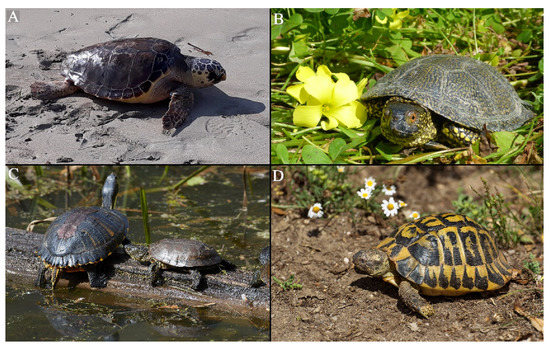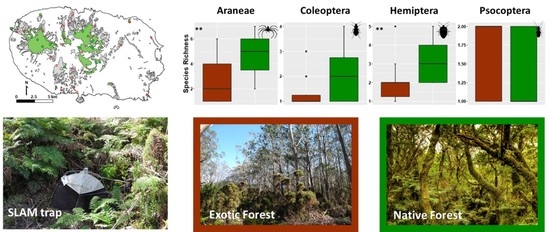Evolution and Extinctions on Islands
A topical collection in Diversity (ISSN 1424-2818). This collection belongs to the section "Phylogeny and Evolution".
Submission Status: Closed | Viewed by 11467Editors
Interests: vertebrate palaeontology
Special Issues, Collections and Topics in MDPI journals
Interests: biodiversity; coleoptera tenebrionidae; community ecology; conservation biology; evolutionary biology; historical biogeography; island biogeography; macroecology; insect systematics and taxonomy; urban ecology
Interests: diversity of plant species; plant communities and habitat types; Mediterranean ecosystems; conservation and monitoring of plant species and natural habitats; island biogeography; island ecosystems; habitat islands
Special Issues, Collections and Topics in MDPI journals
Topical Collection Information
Dear Colleagues,
Islands are often described as ''laboratories of evolution'', because on these isolated areas various remarkable evolutionary processes can be observed in both plants and animals. They include unexpected colonisation events, endemism, size increase or decrease in various lineages, unusual adaptive radiations, etc. Moreover, insular ecosystems are often fragile and widespread extinctions have been well documented on many islands following the arrival of invasive species.
The aim of this topical collection is to gather contributions covering all aspects of evolution and extinction in insular environments, both in the past and today, from palaeontologists, botanists and zoologists working on all groups of organisms.
Dr. Eric Buffetaut
Dr. Simone Fattorini
Dr. Maria Panitsa
Collection Editors
Manuscript Submission Information
Manuscripts should be submitted online at www.mdpi.com by registering and logging in to this website. Once you are registered, click here to go to the submission form. Manuscripts can be submitted until the deadline. All submissions that pass pre-check are peer-reviewed. Accepted papers will be published continuously in the journal (as soon as accepted) and will be listed together on the collection website. Research articles, review articles as well as short communications are invited. For planned papers, a title and short abstract (about 250 words) can be sent to the Editorial Office for assessment.
Submitted manuscripts should not have been published previously, nor be under consideration for publication elsewhere (except conference proceedings papers). All manuscripts are thoroughly refereed through a single-blind peer-review process. A guide for authors and other relevant information for submission of manuscripts is available on the Instructions for Authors page. Diversity is an international peer-reviewed open access monthly journal published by MDPI.
Please visit the Instructions for Authors page before submitting a manuscript. The Article Processing Charge (APC) for publication in this open access journal is 2100 CHF (Swiss Francs). Submitted papers should be well formatted and use good English. Authors may use MDPI's English editing service prior to publication or during author revisions.
Keywords
- Islands
- Biogeography
- Endemism
- Insular Evolution
- Extinction
- Invasive species









